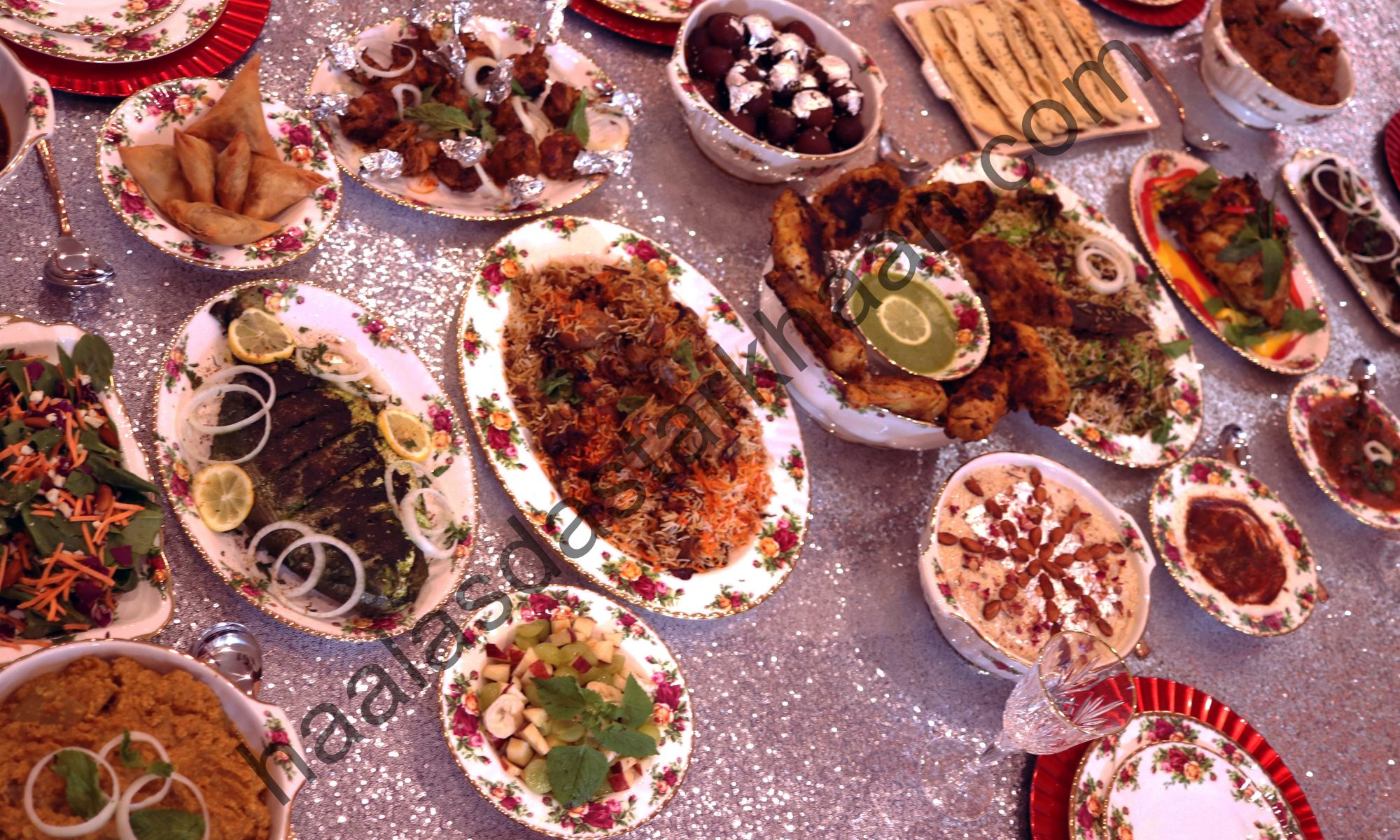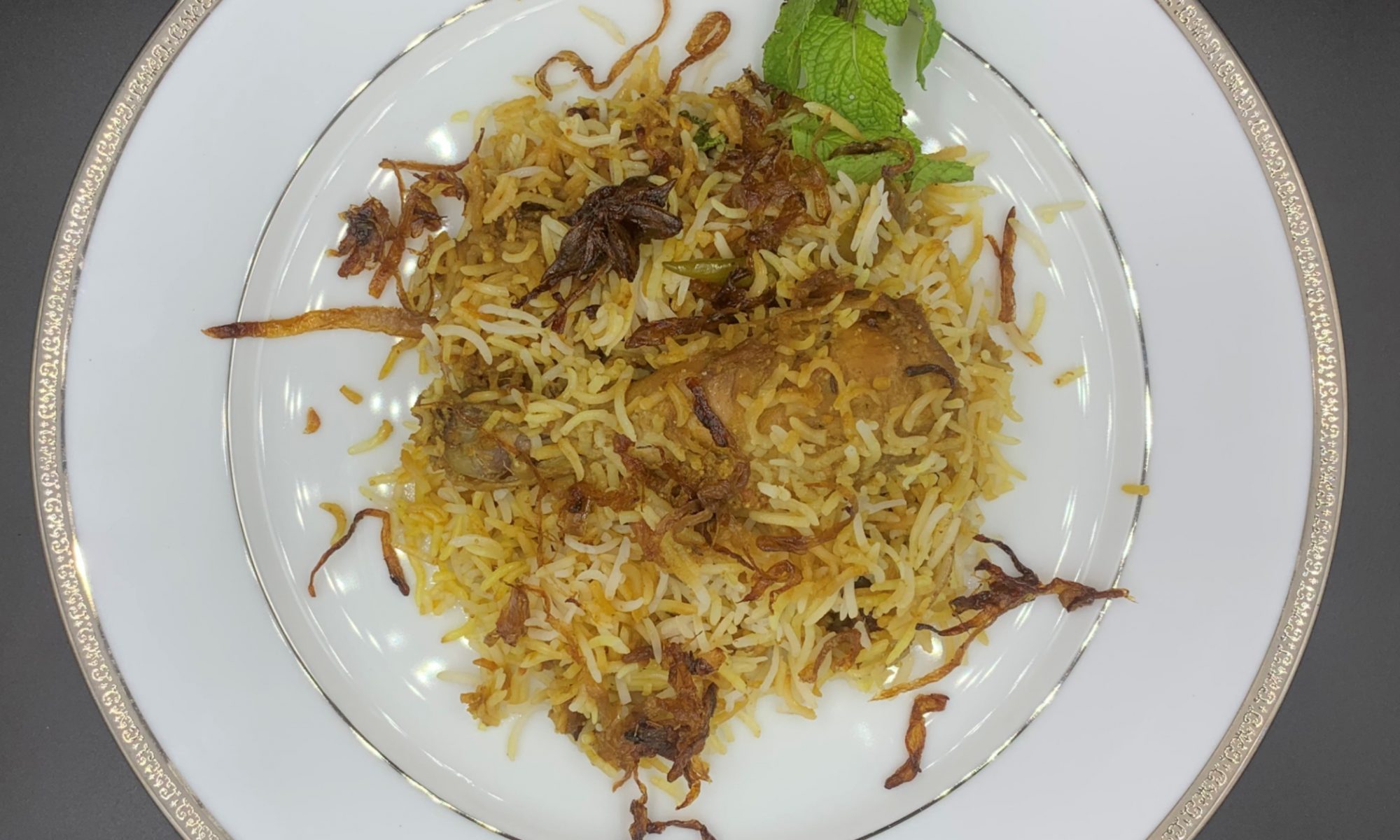Some dishes sound absolutely weird, but when you taste them, they are so amazingly delicious. This is dish is one such dish too. So, initially, when I heard from my husband that some lentils are cooked with Chicken and the curry tastes amazing, I would just think that he likes the taste because he grew up eating certain foods and therefore likes them but cooking Chicken with lentils is such a waste of Chicken.
Now, let me get to the root of the “Dish story”. The lentils used in this are horse gram and though I make everything from scratch and trust me, it isn’t very difficult to do, but back home in Bangalore, they get it from horse stables. Yeah, you read that right. The horse gram is soaked and boiled and the extra water in which it’s boiled is what they get home while the horse gram is served to the horses. That liquid with little horse gram is used to cook chicken and makes this delicious dish.
I had never tried this dish in Bangalore, and honestly, I never looked forward to trying it either since it never sounded so tempting. But one fine day, we find the horse gram daal in our local grocery store. Mr. Parveez sure got excited, but this meant we had to start from scratch and we had no idea how to get the daal at that cooking stage. That’s when one of my sister in law’s suggested that I should soak the daal overnight and then boil it with turmeric powder, cumin powder, salt, and Red chili powder until soft. Though she asked me to use the water with 25% of the daal and discard the rest. I decided on keeping the daal and grinding it to the paste.










